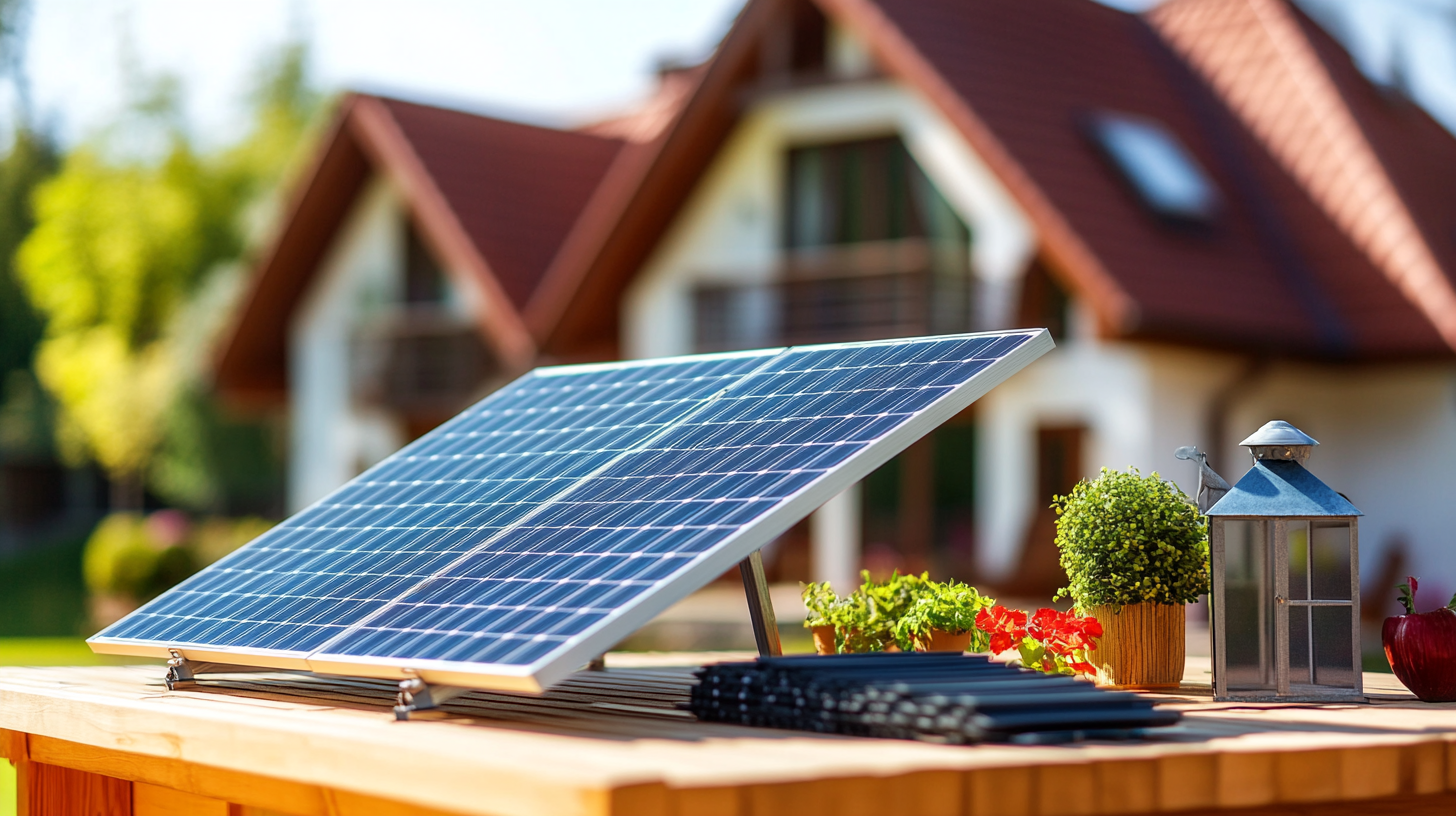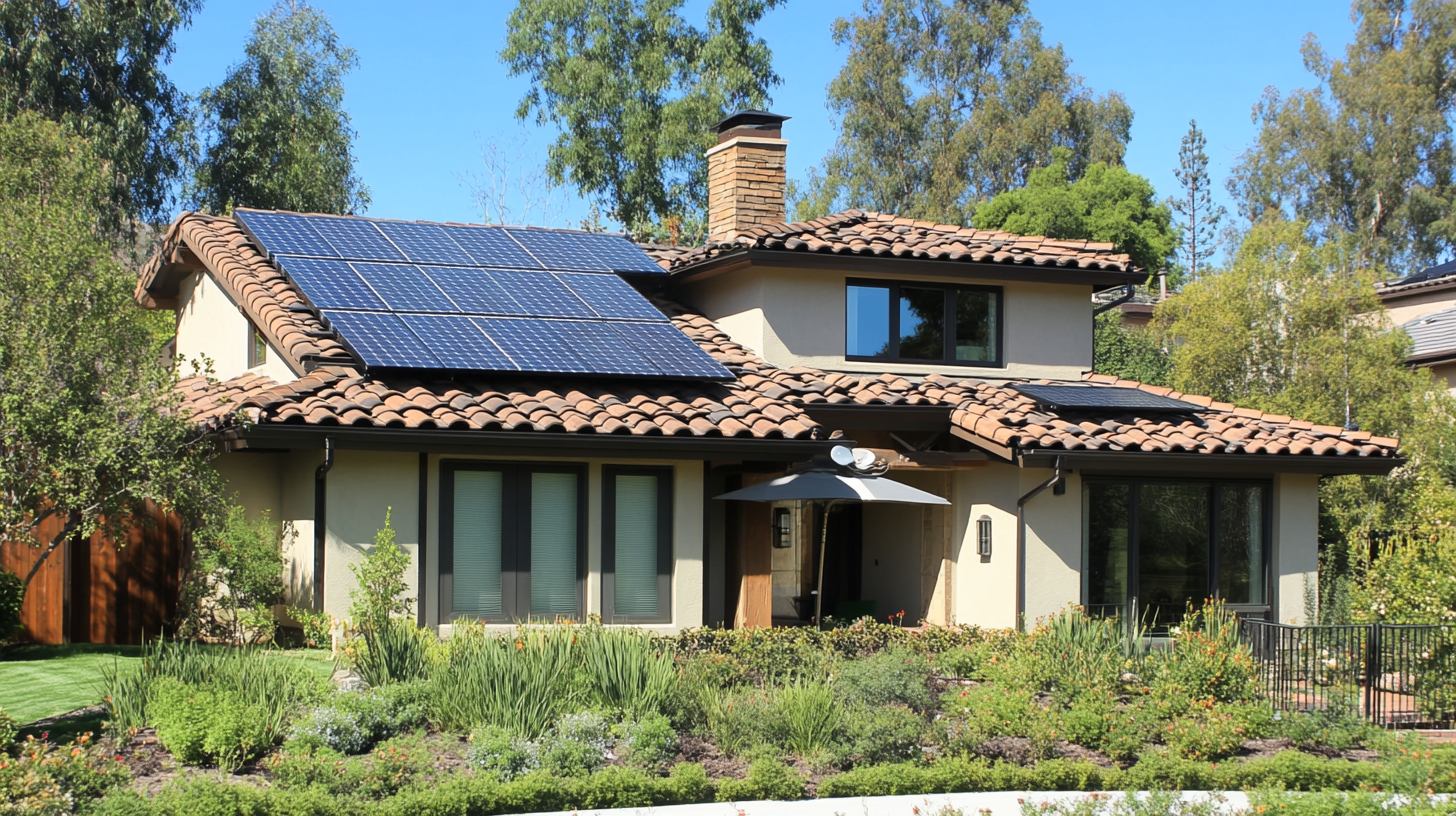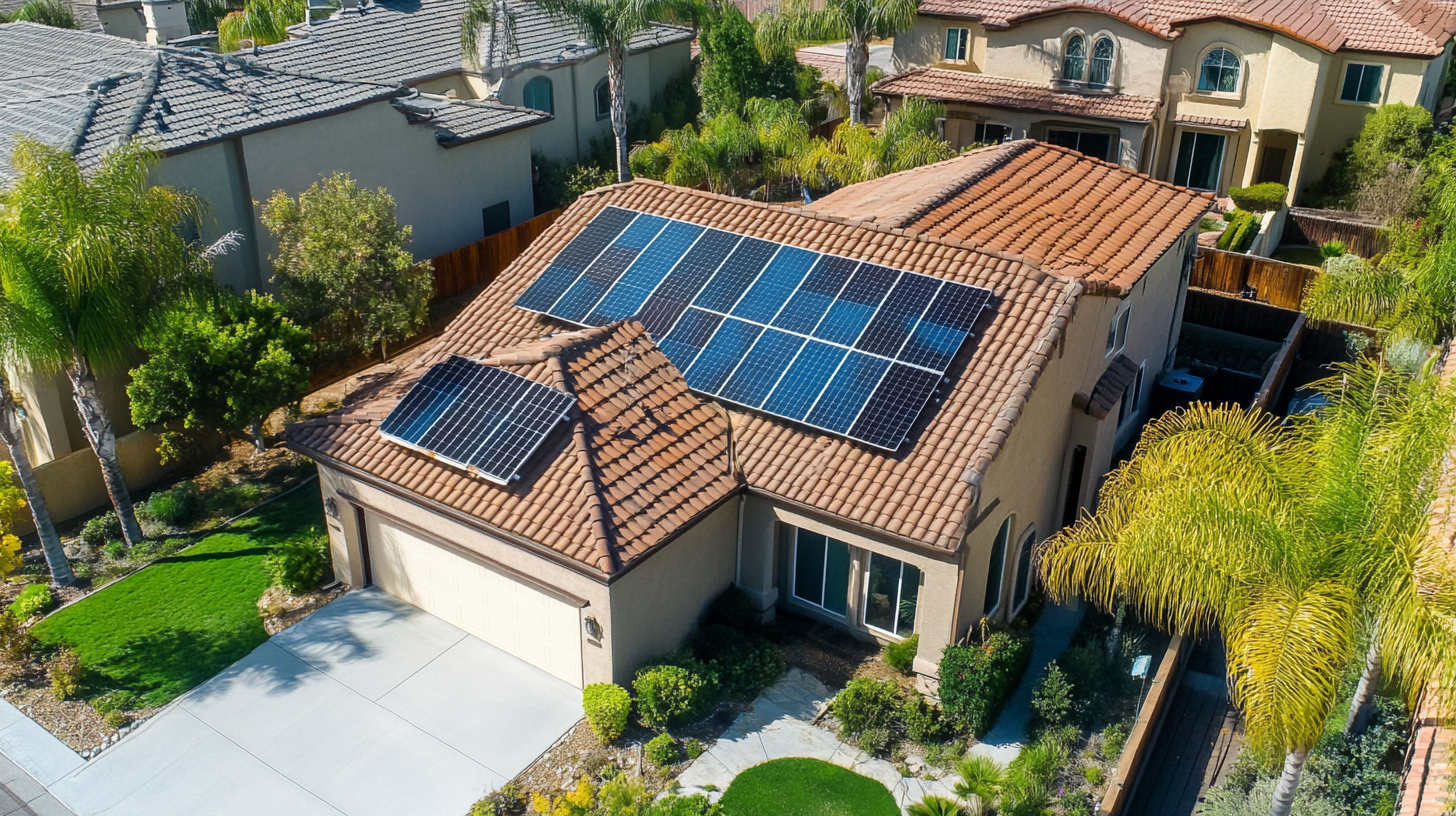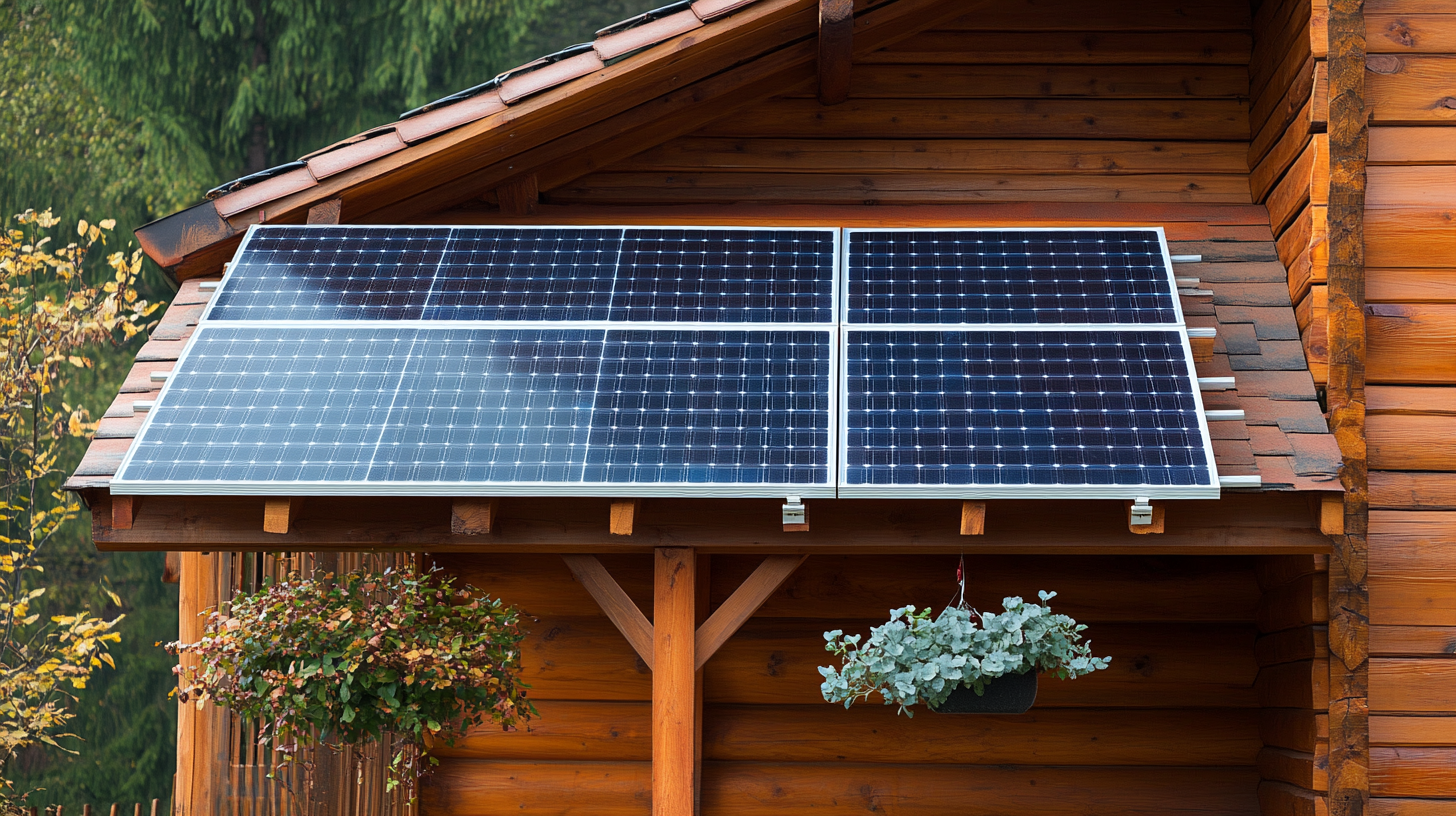Blog
- Home
- Blog
Solar Panel Market Forecast 2025: Strategies for Global Buyers to Maximize Investment Opportunities
The solar panel market has experienced unprecedented growth over the past few years, driven by advancements in technology, decreasing costs, and increasing global demand for renewable energy sources. As we look ahead to 2025, it is essential for global buyers to understand the evolving landscape of the solar panel industry. This blog will explore the key trends, market forecasts, and investment strategies that can help buyers navigate the complexities of this vibrant market and capitalize on the opportunities it presents.
In this insightful analysis, we will delve into the factors influencing the solar panel market, including regulatory changes, technological innovations, and shifts in consumer behavior. By identifying emerging markets and understanding the competitive dynamics at play, buyers can make informed decisions that not only maximize their investment returns but also contribute to a sustainable energy future. Join us as we uncover the strategies that will empower global buyers to thrive in the solar panel market by 2025.

Emerging Trends in the Solar Panel Market: What Buyers Need to Know
The solar panel market is experiencing a significant transformation as countries ramp up their investments in renewable energy. One notable trend is the surge in demand, particularly from emerging markets like Pakistan, which has recently become the third-largest buyer of Chinese solar panels. This shift underscores the growing global interest in solar technology, as nations recognize the need to diversify their energy sources and reduce carbon emissions. Buyers in the solar panel market should stay informed about several key trends that will shape the industry in the coming years. First and foremost, technological advancements are driving efficiency and cost reductions in solar panel production. Innovations in materials and manufacturing processes are expected to enhance the performance of solar panels, making them more attractive to buyers. Additionally, as government policies continue to support renewable energy through incentives and subsidies, the financial viability of solar investments is set to improve, further enticing global buyers. Moreover, geopolitical factors and energy security considerations are reshaping the landscape of solar investments. With the global emphasis on sustainability, countries are increasingly looking to secure their renewable energy supply chains. This creates an opportunity for buyers seeking to leverage strategic partnerships in the solar panel sector. Understanding these emerging trends will enable buyers to capitalize on investment opportunities while contributing to the global shift toward a more sustainable energy future.

Key Factors Driving Solar Panel Prices: Insights for Global Investors
The solar panel market is undergoing significant transformation, driven by a range of key factors influencing prices and investment opportunities. As climate investments continue to gain momentum amid economic uncertainty, investors are looking for robust strategies to maximize their returns in the renewable energy sector. The anticipated growth in investments from $1.5 trillion to between $2.0 and $3.2 trillion by 2040 indicates a fertile ground for solar energy projects.
One of the primary drivers of solar panel prices is the evolving technology landscape. Innovations are reducing production costs, which allows for competitive pricing and improved margins. Additionally, increasing demand for clean energy solutions has led to heightened interest from global investors. The recent positive trends in renewable energy indicate that even amidst economic fluctuations, there remains a substantial appetite for investment in solar projects.
Another crucial factor to consider is the policy landscape. Governments worldwide are implementing more ambitious climate commitments, which not only support the transition to renewable energy but also create a favorable regulatory environment for solar investments. Investors must remain aware of these shifts, as favorable policies can significantly enhance the viability and profitability of solar panel projects. As the demand for sustainable energy sources continues to grow, understanding these driving factors is essential for global buyers looking to capitalize on this burgeoning market.

Strategic Approaches to Sourcing Solar Panels: Maximizing Buyer Leverage
As the solar panel market continues to evolve, buyers must adopt strategic approaches to maximize their leverage and investment opportunities. According to a recent report by the International Energy Agency (IEA), global solar photovoltaic (PV) capacity is expected to surpass 2,800 GW by 2025, driven by declining costs and increasing demand for renewable energy sources. This competitive landscape creates both challenges and opportunities for buyers looking to optimize their procurement strategies.
One effective strategy for buyers is to leverage long-term contracts with manufacturers. By committing to bulk purchases, companies can secure more favorable pricing and ensure a steady supply of panels. The Solar Energy Industries Association (SEIA) has highlighted that firms that engage in forward purchasing can save up to 15% compared to spot market prices. Furthermore, forming partnerships with solar developers and installers enhances buyers' bargaining power, allowing for better deal terms and potential cost-sharing on logistics and installation.
Additionally, buyers should stay informed about technological advancements and market trends. Reports from BloombergNEF indicate that the average module price has fallen by over 80% in the last decade, making it critical for buyers to adopt flexible sourcing strategies that consider both price and quality. By investing in high-efficiency panels and keeping abreast of emerging technologies, buyers can increase their return on investment and position themselves advantageously in a rapidly changing market.

Evaluating Solar Technologies: Choosing the Right Panels for Long-Term ROI
When evaluating solar technologies for long-term return on investment (ROI), it is crucial for global buyers to understand the various options available and the factors that influence performance and cost. With the growing demand for renewable energy solutions, the market offers a plethora of solar panel brands and types. To maximize investment opportunities, buyers should prioritize panels that exhibit high efficiency rates, durability, and positive performance reviews from existing users.
One effective approach is conducting an accurate solar resource assessment at the intended installation site. This assessment will help determine the solar energy potential and guide buyers in making informed decisions regarding which solar panels to select. In addition, understanding the financial models associated with different types of installations can aid in projecting the timeline for ROI. While smaller residential systems may take several years to pay off, commercial and industrial solar setups might see returns within a year, thanks to significant energy savings.
Furthermore, prospective buyers should consider ongoing technological advancements within the solar industry. As innovations lead to improved photovoltaic systems, the efficiency and affordability of solar panels continue to increase, making solar energy a smart choice for both environmentally-conscious consumers and investors looking for profitable ventures. As markets evolve, staying up-to-date on emerging trends will empower buyers to choose the right panels and optimize their investment in solar technologies.
Understanding Global Regulations: Navigating Policies for Solar Investments
Navigating the complex landscape of global regulations is essential for investors looking to capitalize on the rapidly evolving solar panel market. As countries worldwide implement diverse policies to encourage renewable energy adoption, understanding these regulations can significantly influence investment outcomes. For instance, some regions offer substantial tax incentives, while others may impose tariffs on imported solar technologies. By staying informed about the regulatory environment, investors can strategically position themselves to take advantage of favorable conditions.
Moreover, buyers must also consider the implications of international agreements and trade policies on their investments. The ongoing shift toward sustainability has led to collaborations among nations, creating a framework that often supports solar investments. By aligning their strategies with these global initiatives, buyers can not only enhance their investment's potential returns but also contribute to the broader goal of reducing carbon footprints. Monitoring changes in legislation and participating in industry forums can provide valuable insights that assist in making informed decisions.
Lastly, understanding local regulations is just as crucial as being aware of international policies. While global trends shape the solar market, local governments have the final say on incentives and compliance requirements. Buyers should engage with local agencies and stakeholders to ensure their investments adhere to regional standards. Tailoring strategies to meet specific regulatory environments will maximize investment opportunities and drive long-term success in the solar panel market.
